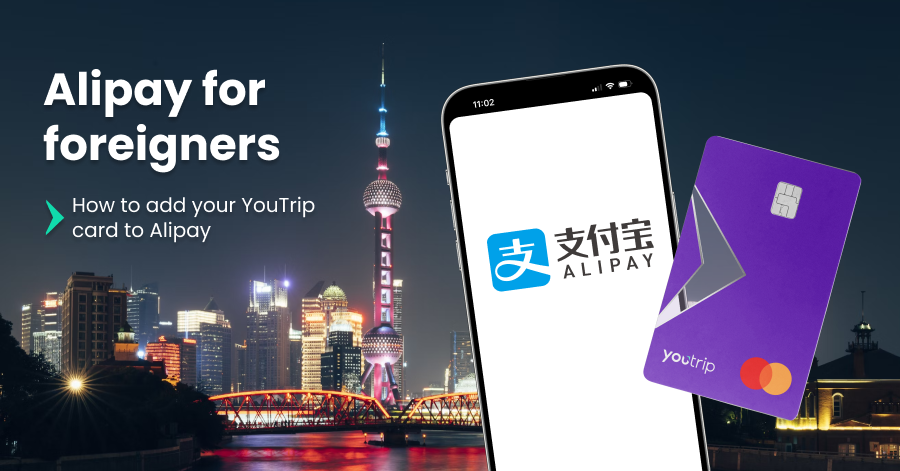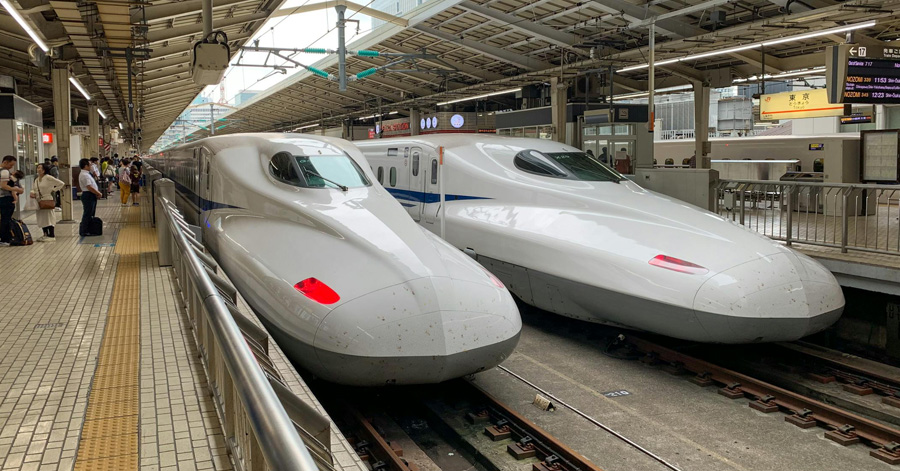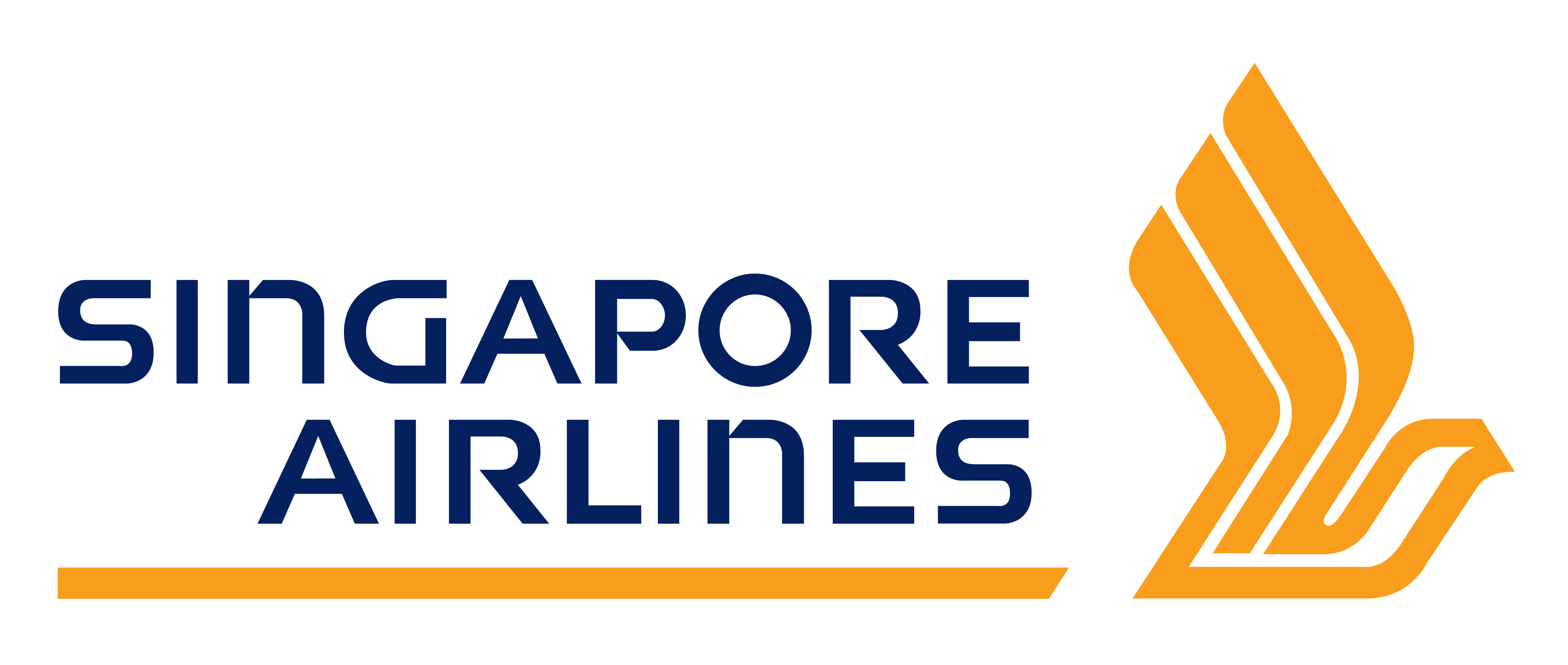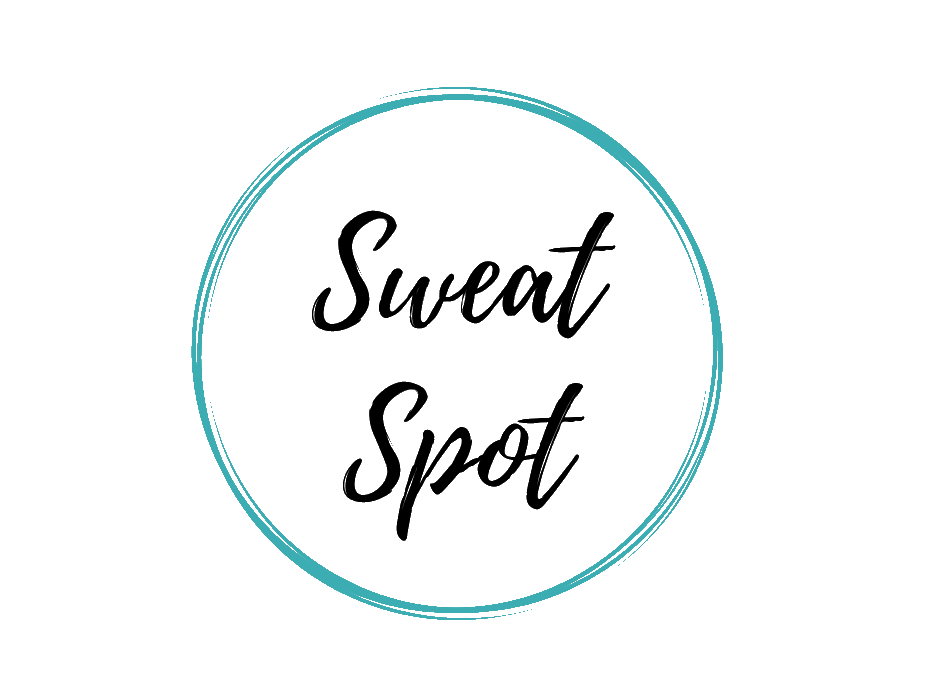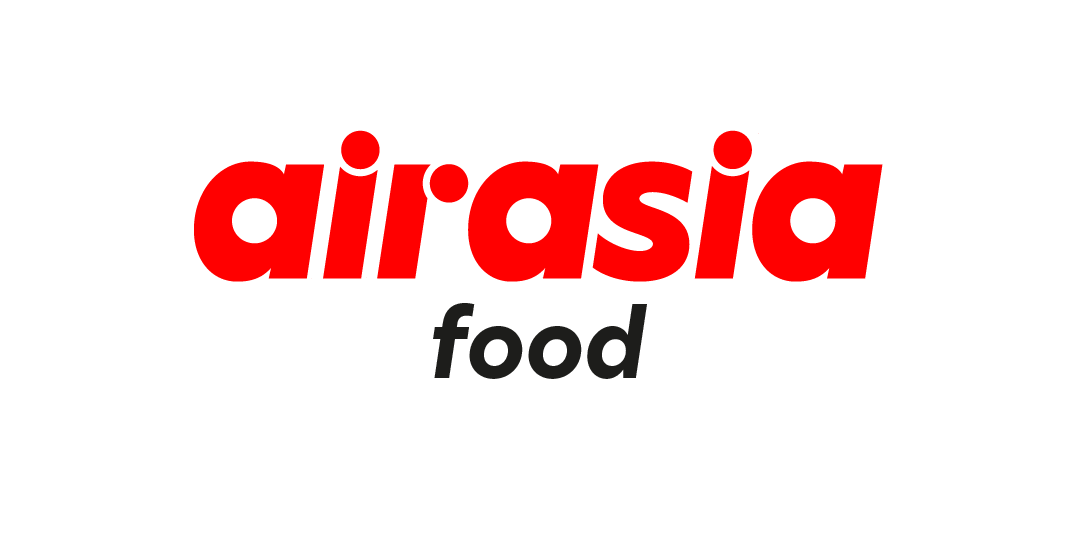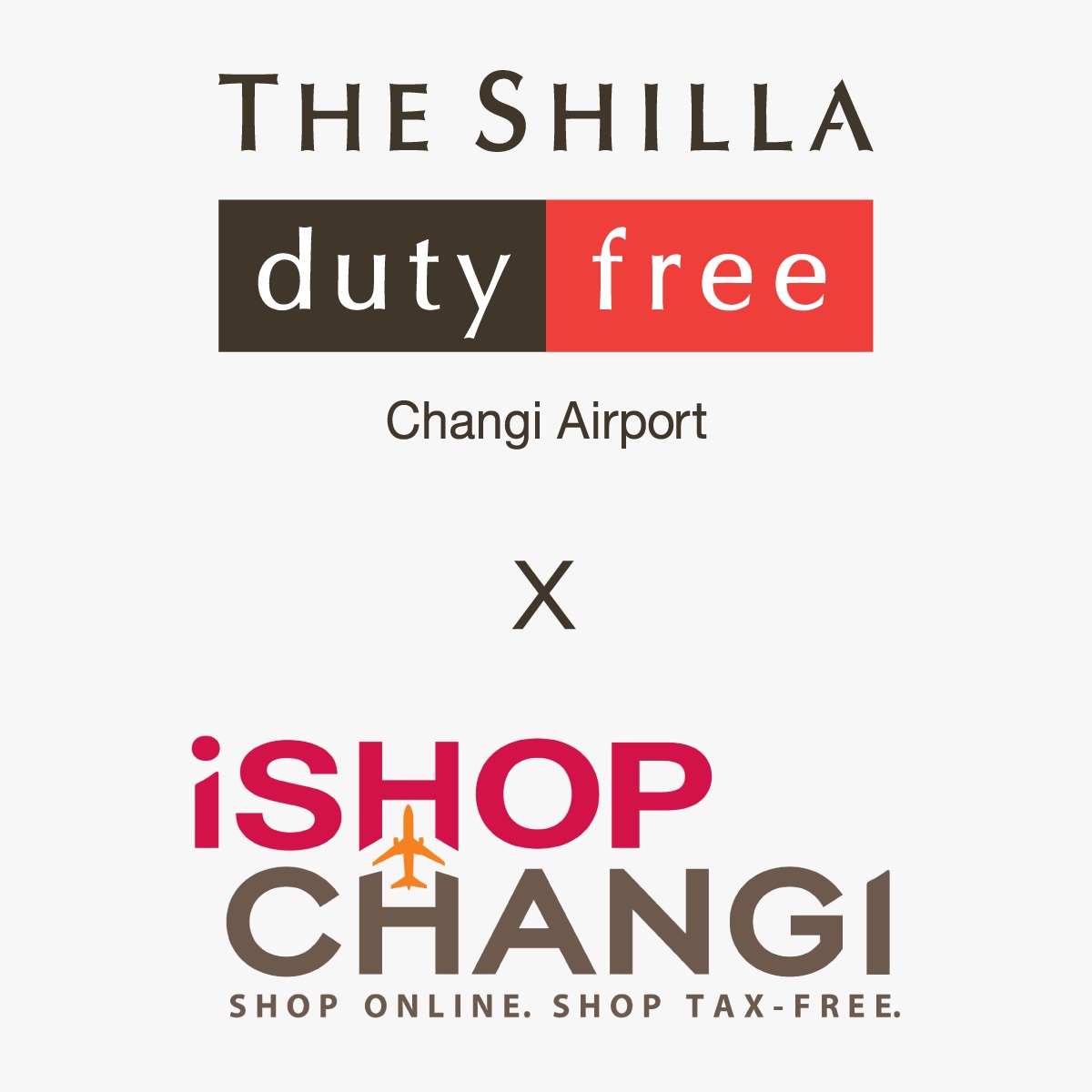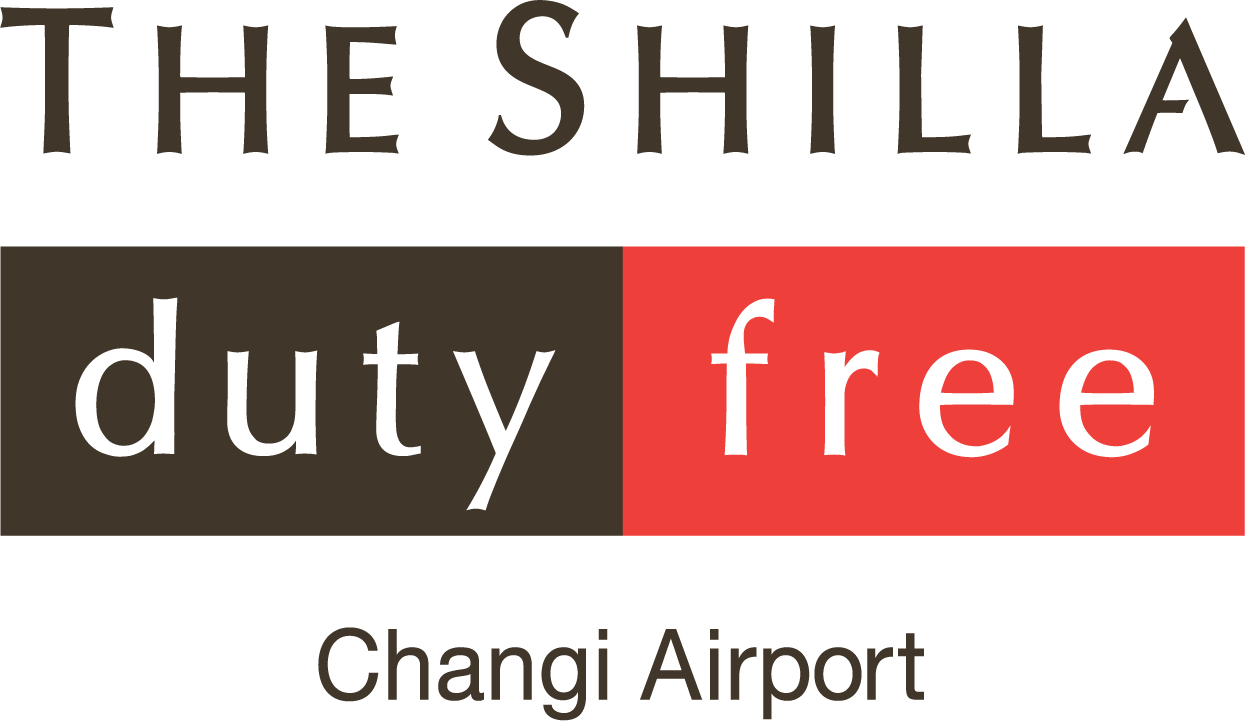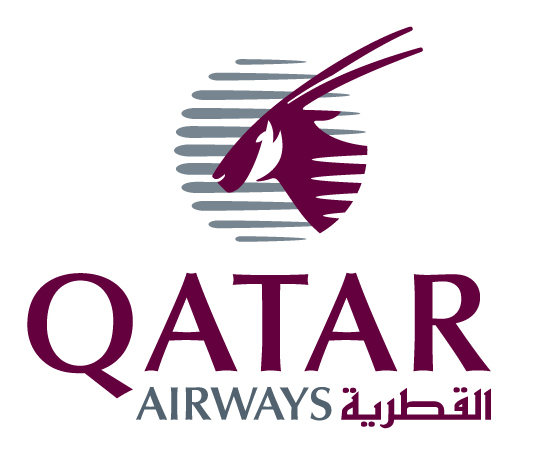Explore the Sydney Opera House, catch some waves on Bondi Beach, and watch the penguin parade on Philip Island — all at once. Here’s all you need to get started on your working holiday adventure in the Land Down Under.
Australia is one of my favourite countries in the world. It’s like the gift that just keeps on giving because there’s just so much to see and experience. Even after a few trips there, I still look forward to going back. If you love the sun, the sand, nature or the city (Australia pretty much has everything to offer), then consider taking a trip Down Under when for a Working Holiday Visa!
It’s a special visa that allows those between the ages of 18 to 30 to work while travelling in order to fund their travels around the country. So whether you’re fresh out of college or looking for a change of pace, this could just be the adventure you’re looking for! Crikey!
💜 Stay Up To Date:
– YouTrip Vs Amaze Comparison In Malaysia 2023
– Flower Festivals In Japan To Look Forward To 2023
– YouTrip’s Budget Guide: Free Things To Do In Seoul 2023
Eligibility And Visa Application Process For A Working Holiday In Australia
First, you’d have to identify which type of work-travel visa you’re applying for. There is both the Working Holiday visa (subclass 417) and the Work and Holiday visa (subclass 462) which carry slight differences in eligibility.
| Working Holiday | Work and Holiday | |
| Duration of Visa | 12 months | 12 months |
| Educational Requirements | NA | Tertiary education or proof of 2 years of undergraduate education |
| Letter of Support from Government | No | Yes |
| Functional English | NA | Proof of functional English |
How To Start A Working Holiday In Australia: A Guide For Singaporeans: You can find more information on the differences between the two visas here
In order to qualify for the Working Holiday visa, you have to meet the following requirements:
- Hold a passport from an eligible country
- Be between 18 – 30 years old
- Apply online from outside Australia
- Not be accompanied by dependent children
- Not have previously entered Australia on a Work and Holiday visa
- Have enough money to support your stay in Australia
- Have enough money to buy a return or onward travel ticket
❗Take note that this is only applicable to first-time applicants of any sort of work-travel visa.
This visa will allow you to:
- Stay in Australia for up to 12 months
- Working in Australia for up to six months with each employer
- Study for up to four months
- Leave and enter Australia any number of times
It costs AUD635.00 (~S$573) and applications take up to 19 days to process.
How To Start A Working Holiday In Australia: A Guide For Singaporeans — Find out more here
Preparing For Your Trip:
1. Budgeting & Financial Preparation
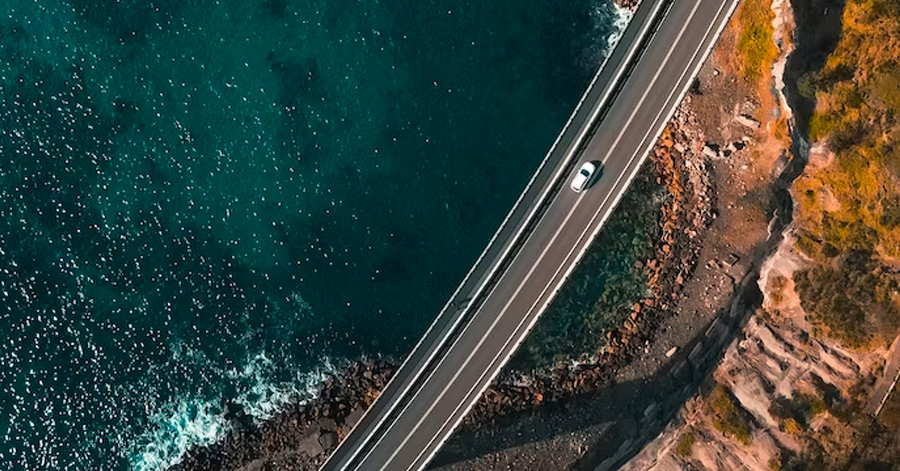
Image credits: Unsplash
It’s important to make sure that you set aside enough money so that you can enjoy your working holiday and not get too caught up with making ends meet. Beyond the costs of accommodation and basic needs like food and transportation, you should also consider the costs of travel insurance (which is compulsory for all travellers to Australia), the visa, flight, and travelling around the country.
The costs of living in Australia can be pretty high, but with their minimum wage of AUD$23.23 per hour (~S$21) or $882.80 per week (~S$795), you shouldn’t have to worry too much about earning enough to sustain you during your working holiday. Average accommodations cost about AUD 200 (~S$180) per week, and a typical meal at a restaurant would cost about AUD 30 (~S$27). So make sure you lock down the best AUD rates on YouTrip prior to your trip!
❗ Also note that upon arrival in Australia, you’d have to have proof of savings with a minimum of AUD5000 (~S$4,506).
How To Start A Working Holiday In New Zealand: A Guide For Singaporeans — Check out our guide to the best national parks in Australia
2. Finding Accommodation
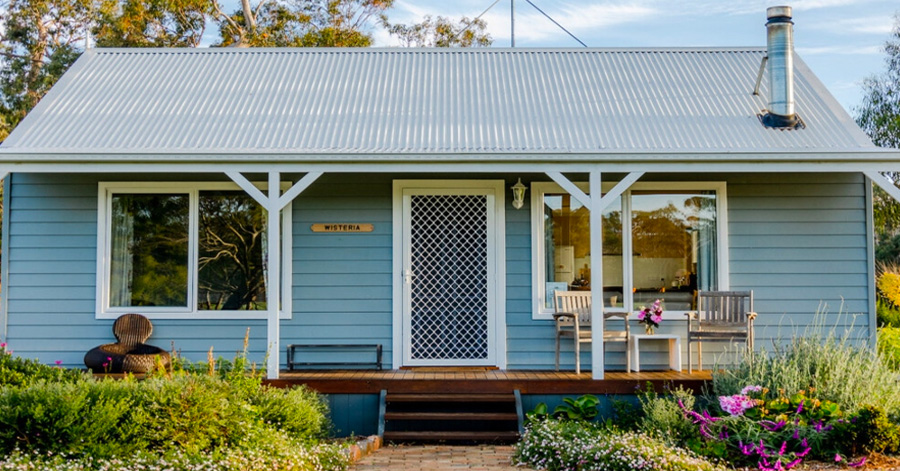
Image credits: Freshwater Creek Cottages
Depending on your preferences, budget and location, there are many different options for you to choose from. Some of the factors to consider are location, accessibility to public transport (especially if you don’t intend to rent a car), safety, and amenities available. For example, places with access to a kitchen may be more suitable if you want to save money on food by cooking your own meals instead of eating out. Here are some of the more popular choices:
| 🏠 Type of Housing | Description |
| Hostels/Backpacker Hotels | These accommodations are ideal for those looking to socialise and get to know other travellers from around the world. They usually offer dormitory-style rooms with communal amenities like kitches and common rooms and are more affordable than regular hotels. |
| Boarding Houses and Budget Hotels | Similar to hostels, these types of housing may also have common amenities like kitchens or common areas, but you’d be able to have more privacy with your own room. Definitely more ideal for the introverts who need their own space! |
| Airbnb | If you’re looking for a more homely feel and a home or room to call your own while you’re there, Airbnb offers different types of short-term accommodation options. |
| Farm Stays | In certain areas that are usually away from the city, you can also opt to stay on a farm and get the full farm-life experience. Some places may also allow you the option of staying for free in exchange for some hours of work to help out around the farm. |
| Short-term apartments | If you intend to stay in one location throughout your stay, renting an apartment might be a more feasible option for you. |
How To Start A Working Holiday In Australia: A Guide For Singaporeans — Find out more here
3. Navigating Transport
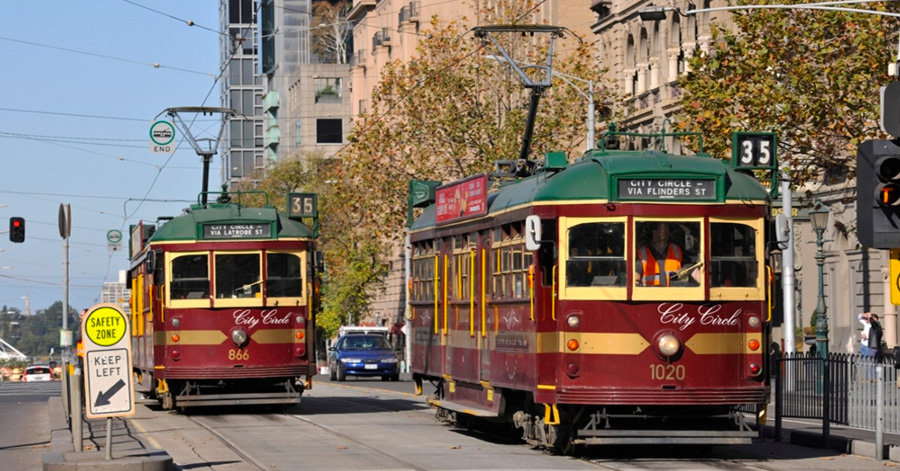
Image credits: PTV
When considering your options for transport, it’s important to have an idea of what your travels will look like. Some things to consider are how long you are intending to stay in one location, whether you’re looking to stay in the city or live in more rural areas, and how important convenience is to you, especially if you’re used to getting around by car.
If you’re planning on travelling between cities, getting from place to place is quite convenient with options like domestic flights, buses and coaches, and trains.
For normal day-to-day travel, major cities have public transport that includes buses, trains, trams, and ferries which make it easy to navigate. However, if you’re looking for a more suburban accommodation or are looking to explore more rural areas, renting or buying a car might be a more suitable option instead. Ride-sharing options like Uber are available, but may not be as financially prudent in the long term.
Some locals also opt to get around by bicycle instead of car, especially if you’re living in the city, since it’s more affordable than a car, and lets you beat peak hour traffic too.
How To Start A Working Holiday In Australia: A Guide For Singaporeans — Find out more here
4. Finding A Job
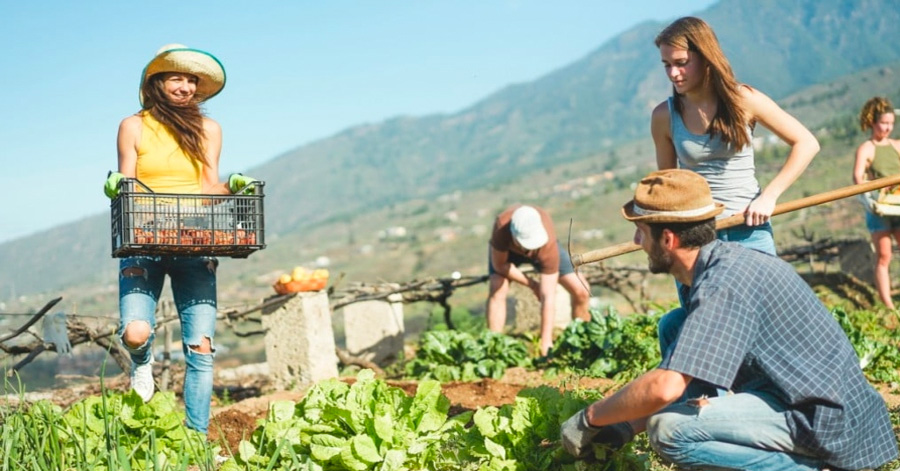
Image credits: Orchard Tech
There are different ways to find work and so many options available. Here are some of the options you can consider:
| Working Holiday Programs | For those that prefer more certainty and some help getting settled in, companies like Alliance Abroad and Global Work & Travel have special programs for working travellers. From finding accommodations and social activities to meet other travellers, to guaranteeing employment opportunities, these programs provide great support each step of the way. |
| Recruitment Agencies | Recruitment firms are a great way to look for jobs, especially if you have a particular skill or job preference in mind. |
| Finding work as you go | For the more adventurous ones, finding work as you go provides you with the flexibility and the opportunity to explore. Of course, there’s always the option of doing an online search which should provide you with employment opportunities relatively quickly. If working and living on a farm is your dream, check out this list of harvest jobs that have a whole range of opportunities for you to explore. |
Some of the more popular work for travellers are:
- Hospitality & Tourism
- Farm Work
- Retail
- Au Pair
- English Teaching
- Office Administration
Be sure to check which areas of work are allowed, and to check for other requirements too. For example, if you’re intending to work in a bar or a restaurant that serves alcohol, you’d have to complete Responsible Service of Alcohol training and be certified.
How To Start A Working Holiday In Australia: A Guide For Singaporeans — Find out more here
5. Work Culture & Customs
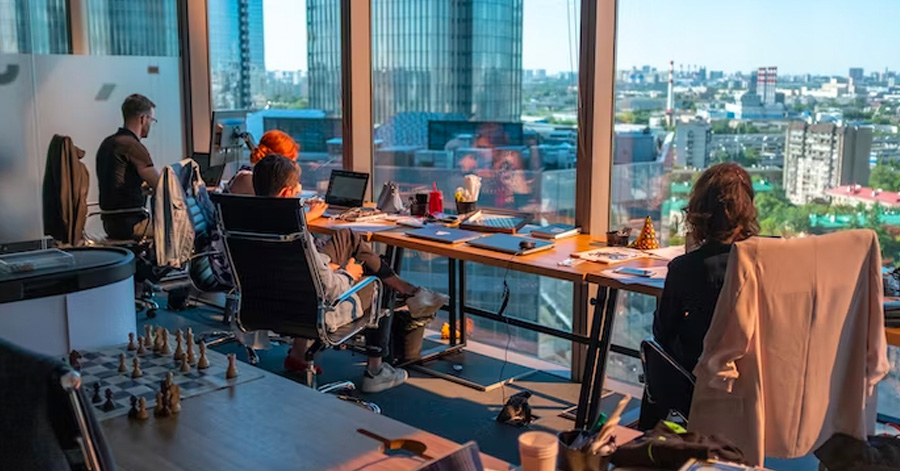
Image credits: Unsplash
1️⃣ Working Hours and Punctuality
Your working hours will vary depending on your industry and company, but on the whole, Australians value productivity and punctuality. Most companies may have flexible working hours, but it also means that employees are expected to work hard and make good use of their working hours. Respecting others’ time is also important, which looks like being punctual for meetings and engagements, and also making sure that meetings don’t run over time.
2️⃣ Socialising
Coffee and drinks are an important part of work in Australia, and most Australians take their coffee very seriously. With colleagues and clients, it’s common to have meetings over a good cup of coffee or over drinks after work. So being familiar with a couple of places for a good cuppa and drinks might come in handy!
3️⃣ Hierarchy
Companies in Australia are generally more ‘flat’ in structure. Very often, there is a strong emphasis on building the team, rather than focusing on the individual, and individuals are encouraged to speak out, regardless of position. Australians are generally more direct and straightforward in their communication.
4️⃣ Work-Life Balance
While Australians value productivity during work hours, they also try to establish good boundaries and balance between work and off-times. Working overtime is not as common as in some other countries, and many enjoy grabbing drinks to wind down after a long work day.
5️⃣ Slang
Just like at any other workplace, slang is commonly used in Australia. Terms like ‘docs’ (for documents), ‘spreadies’ (for Excel sheets) and ‘presos’ (for presentations) may be heard, it might take a while, but you’ll get the hang of the terms eventually! You may also experience some level of sarcasm or swearing at the workplace, but it’s totally common and you shouldn’t take it to heart.
How To Start A Working Holiday In New Zealand: A Guide For Singaporeans — Find out more here
6. Exploring Australia
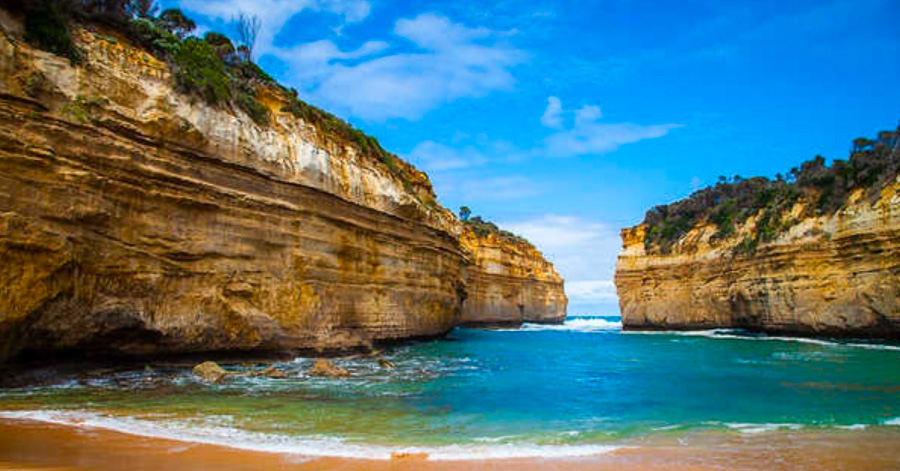
Image credits: Photoholgic
Each city in Australia is unique and has its own flavour that’s worth exploring. What we love about Australia is that you can get a slice of everything — the peace and quiet of nature, the exciting city life, and the most majestic views. Here are some places you have to check out when visiting Aussie 👇
Melbourne, Victoria
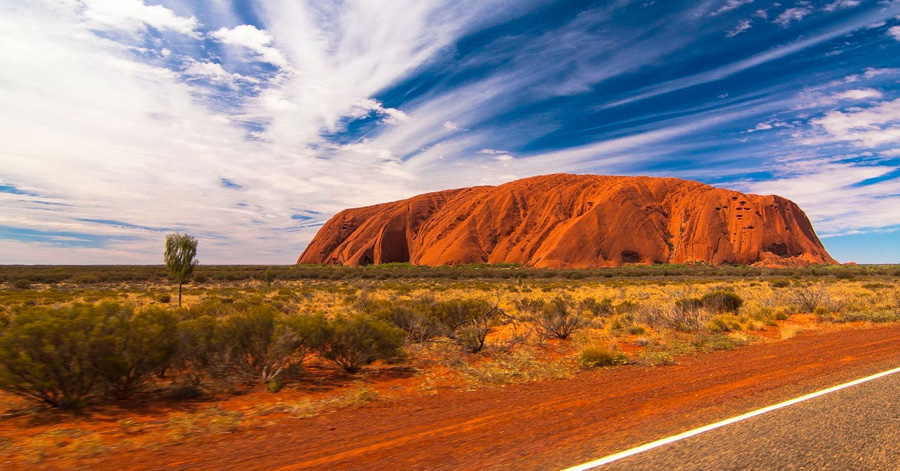
Image credits: Great Ocean Road Tours
When we say that Australia offers a nice slice of everything, Melbourne epitomises it. Melbourne is known for its dynamic arts and music scene, with different festivals, concerts and musicals all year round. It’s known for its amazing coffee and street art, its beautiful State Library, and is right along the Great Ocean Road. It’s also where one of my favourite views in the world, the Loch Ard Gorge, is.
❗ To Note: Access to the Loch Ard Gorge is currently closed due to dangerous cliff movement near the Upper Lookout. It aims to re-open in Spring 2023.
How To Start A Working Holiday In Australia: A Guide For Singaporeans — Find out more here
Sydney, New South Wales
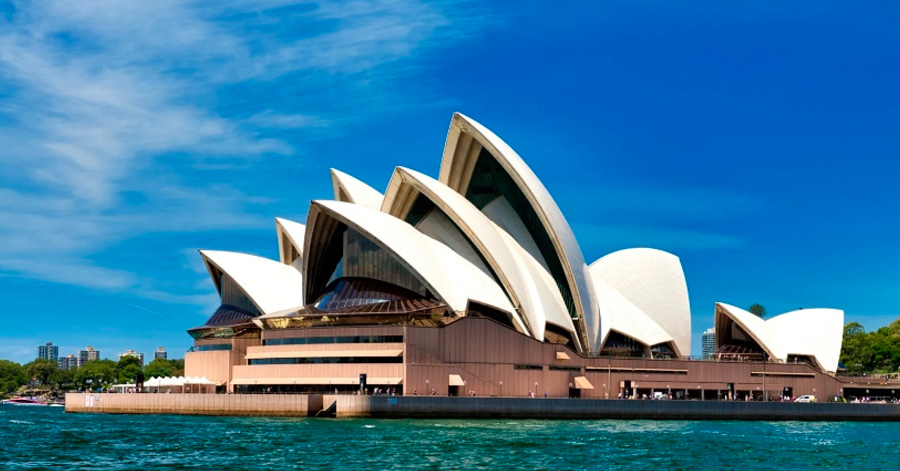
Image Credits: Sydney Build Expo
When we think of Australia, we think Sydney Opera House. A trip to Australia wouldn’t be complete without seeing the iconic landmark. Sydney is also home to beautiful beaches like Bondi and Manly and is known for its vibrant arts and culture scene. Take a tour around the Opera House and the Harbour Bridge, look over the city lights at Darling Harbour, or go for some amusement park fun at Luna Park. There’s something for everyone!
How To Start A Working Holiday In Australia: A Guide For Singaporeans — Find out more here
Brisbane, Queensland
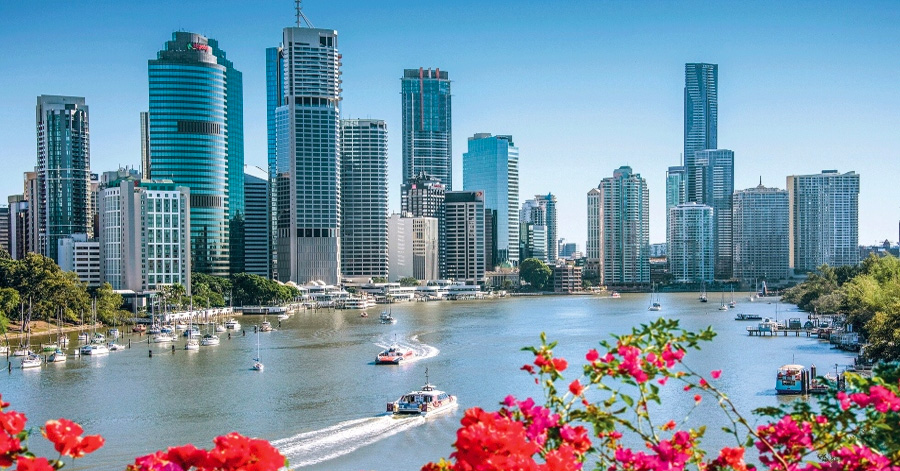
Image Credits: The Telegraph
A stone’s throw away from Gold Coast and Sunshine Coast, Brisbane is the place to be for the sun and all that sort of fun. Visit Streets Beach — Australia’s only man-made beach that’s right in the middle of the city, and bask in the sun against the backdrop of the city’s skyline. Or visit some koalas at the Lone Pine Koala Sanctuary. You can also opt for a job by Sunshine Coast that’ll let you earn some cash and hit the waves on your off days. What a dream!
How To Start A Working Holiday In Australia: A Guide For Singaporeans — Find out more here
Adelaide, South Australia
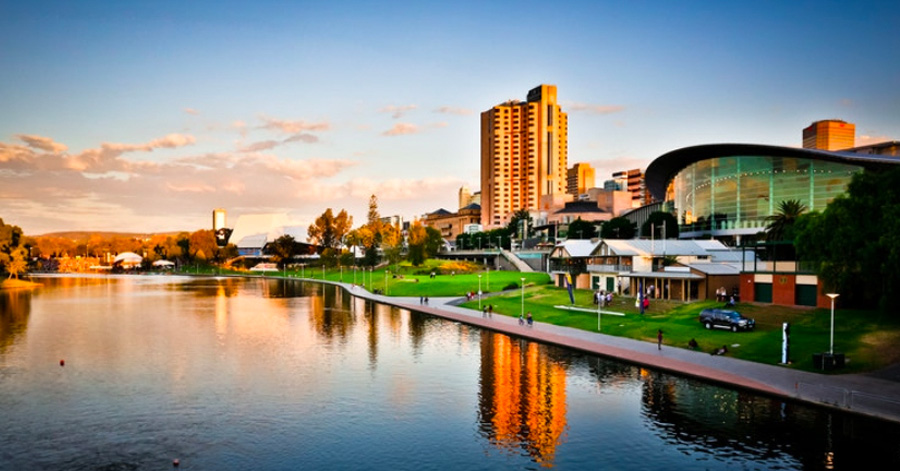
Image Credits: Klook
Unlike other Australian cities that are built around a central business district, Adelaide was built in a grid-like manner surrounded by greenery and parklands. It is known for its arts scene and festivals like the Adelaide Fringe Festival, WOMADelaide (World of Music, Arts, and Dance) and the Adelaide Festival of Arts. Adelaide is also the gateway to famous wine regions like the Barossa Valley, Mclaren Vale, and Adelaide Hills.
How To Start A Working Holiday In Australia: A Guide For Singaporeans — Find out more here
Hobart, Tasmania
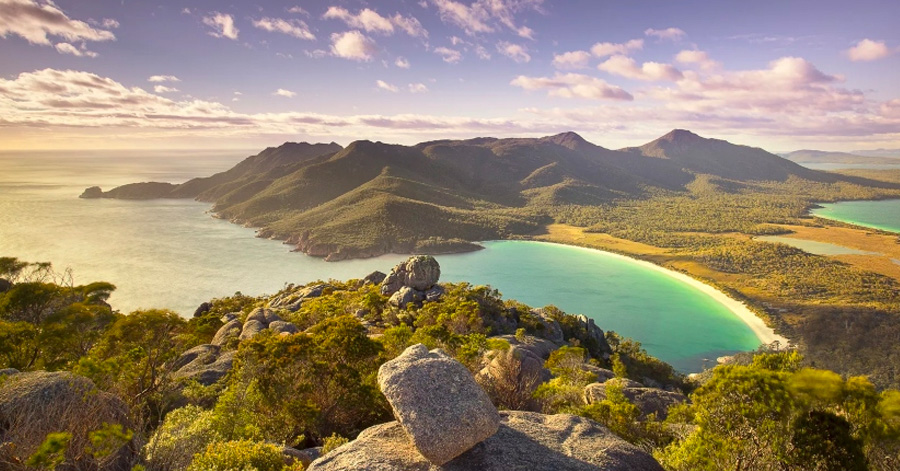
Image Credits: Natucate
If you’re looking for a change in scenery away from the hustle and bustle of city life, Tasmania is the place for you. It is known for its untouched and diverse nature and wildlife and is home to beautiful national parks like Cradle Mountain, Southwest National Park, and the Tasmanian Wilderness. The island state is also known for some of the freshest seafood, scallop pies and wines. And if you’re there in September, you might even get a chance to see the Southern Lights!
How To Start A Working Holiday In Australia: A Guide For Singaporeans — Find out more here
Live Your Best Life In The Land Down Under!
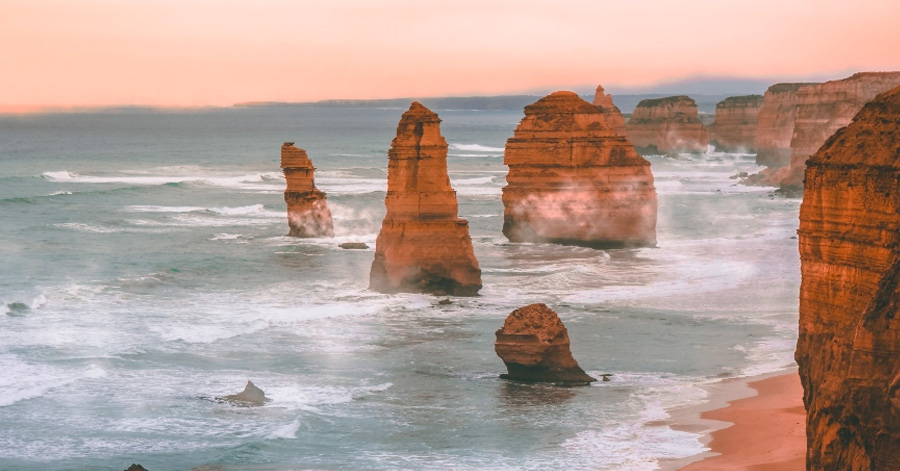
Grab your chance to see the world and earn a living along the way too. An extended adventure away is so much more than the sights you see and the people you meet, it’s a journey that’s great for the soul too. So what are you waiting for? This is your sign to go on a working holiday to Australia!
And while you’re purchasing flights, booking accommodations and looking for activities, don’t forget to make use of your YouTrip Card to lock in the best rates all day and skip those pesky bank fees!
As Singapore’s favourite multi-currency wallet, we aim to get those pesky fees out of the way and help you save on your travels. With the best foreign exchange rates, no longer will you have to deal with those long queues at money changers! So if you’re looking for a go-to travel card, sign up for your complimentary YouTrip card today with <YTBLOG5> and get FREE S$5 in your account! Then, head over to our YouTrip Perks page for exclusive offers and promotions — we promise you won’t regret. For more great tips and articles like this, join our Telegram (@YouTripSG) and subscribe to our free weekly newsletter here or down below.
And while you’re at it, why not join the conversation with thousands of #YouTroopers in our very own Community Telegram Group @YouTripSquad? Get tips and tricks to everything YouTrip including exclusive invites to exciting events and experiences, & be part of the #YouTripSquad! 💜
Happy hiking!
Related Articles
Top 10 Things To Do in Australia
How to Capitalise on the Australian Dollar
Best National Parks in Australia for Great Outdoor Adventures









